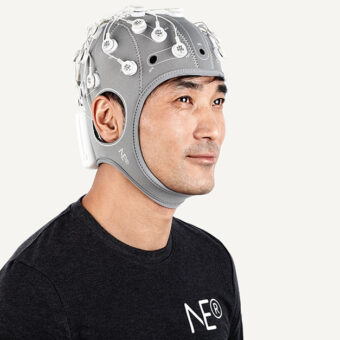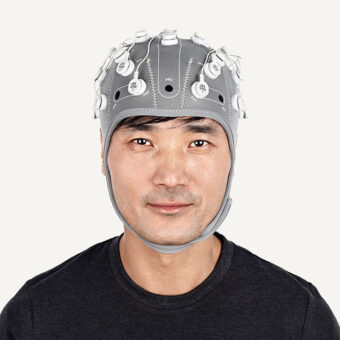My own meandering path to Neuroscience, as is pretty common, started with physics. This makes a lot of sense when you consider that a lot of what we do at Starlab and Neuroelectrics is what you might call applied Neuroscience. Hardware development, signal processing, source localisation, finite element models, current density distributions, all things that help us investigate brain function through the tiny signals that we can record on the surface of the scalp.
Recently though, a lot of attention has been given to the idea of being able to model the brain completely as is the intention of the recently announced Human Brain Project (HBP) led by Henry Markram from EPFL. The HBP will follow a multi-scale approach ranging from neuronal populations right down to cellular and molecular dynamics in order to completely model a human brain. This is quite controversial in it’s own right, which I won’t go into here, but even if we assume it’s a sensible way to go will such a model even cover all of the physical phenomena involved?
There are several interesting theories on the periphery of Neuroscience coming from the physics of what happens in the brain that we should keep an eye on as these meta-projects gear up to throw lots of money at solving key issues in the field.
One area of physicis that will surely be addressed is ephaptic coupling where the electric fields generated by processes in the cells affect activity in neighbouring cells. Markram himself (Anastassiou et al 2011) has published on this topic and found that this coupling seems to be involved in synchronising neuronal activity. This is not taken into account by many brain activity models although the idea has been around for years. My guess is that evolution will have found a use for this effect even if originally it was an epiphenomenon. It reminds me of Adrian Thompson’s work on electronic design through evolutionary algorithms where although the electronic circuits perform their allotted task no one understands how. The circuits seem to take advantage of subtle induction effects between components that lead to feedback loops. From his website: “Evolved circuits can have a richer spatial structure and internal dynamics than normally envisaged, and can extract unusual leverage from the physics of their medium of implementation”.
Another area of physics to watch is the role of biophotonics in intercellular communication. Michal Cifra and others from the Institute of Photonics and Electronics are studying ultra-weak photon emissions from biological samples and suspect that these emissions may also play a role in neuronal communication. This would be an utterly new channel as yet not included in any working models with perhaps a similar role to that of ephaptic coupling.
Interestingly Cifra and colleagues have also done a lot of work with microtubules, small structures found in cells, including neurons, that are the stars of Stuart Hameroffs, again controversial, theory of quantum consciousness (Orchestrated objective reduction) developed along with physicist Roger Penrose. One of the consequences of this work is that we experience reality through a series of conscious moments driven by quantum processes at a rate of about 40Hz. Hameroff claims that experienced meditators (and Michael Jordan) run at a higher clock rate so experience more reality per second than the rest of us. This explains why, for Jordan, time seems to slow down when he is in the zone. Here controversial is probably an understatement but I think the complexity of the physics involved is an important issue that we should keep in mind in neuroscience. There is more going on than our relatively simple models suggest and the impact of these processes may be far reaching.
photo credit: wokka via photopin cc
photo credit: clickykbd via photopin cc



